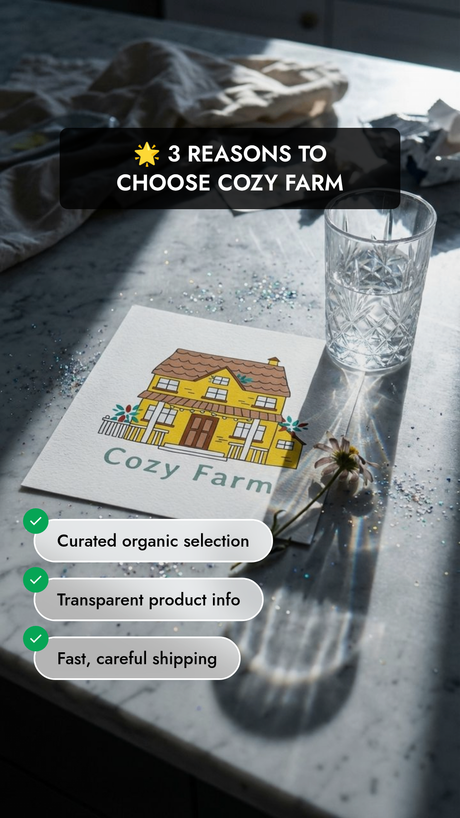Cat Litter: Understanding Feline Hygiene and the Best Choices
A Cat's Litter Box: More Than Just a Bathroom
Cats are instinctively clean creatures, and their litter box plays a crucial role in their physical and emotional well-being. A clean, comfortable litter box not only encourages healthy elimination habits but also contributes to your feline friend's overall happiness and cleanliness. Choosing the right cat litter is an important part of providing a welcoming and hygienic environment for your cat.
Understanding Your Cat's Litter Preferences
Cats can be quite particular about their litter. Here are some key factors to consider when choosing the best cat litter:
- Texture: Many cats prefer a soft, sand-like texture that's gentle on their paws. Others might be fine with coarser options or even pellets. Observe your cat's preferences to determine the best texture.
- Scent: Unscented litter is generally the safest choice. Cats have sensitive noses, and artificial fragrances can be off-putting and may even deter them from using the litter box.
- Dust: Low-dust formulas are essential for both you and your cat's respiratory health. Dust can irritate sensitive airways and even lead to respiratory problems.
- Clumping: Clumping litter makes cleaning the litter box much easier. It forms solid clumps around waste, allowing you to scoop and remove soiled litter quickly without having to replace the entire box as frequently.
The Importance of Odor Control
A primary function of cat litter is to control odors. Nobody wants a smelly house, and a litter box that doesn't effectively neutralize odors can discourage your cat from using it consistently. Look for litters with excellent odor-absorbing properties to maintain a fresh and pleasant home environment.
Natural Cat Litter: A Healthy and Sustainable Choice
Traditional clay-based litters, while popular, can raise concerns about dust, sustainability, and potential health effects. Many cat owners are now opting for natural and eco-friendly litter options. Here are some excellent choices:
- Wood-based Litter: Made from sustainable wood fibers, this type of litter is naturally absorbent, biodegradable, and often has a pleasant, fresh scent. Brands like Ōkocat offer excellent clumping wood litter options that provide superior odor control and easy cleanup.
- Wheat-based Litter: Swheat Scoop is a popular wheat-based litter that utilizes natural wheat enzymes for powerful odor control and clumping. It's also biodegradable and flushable (check the instructions to flush responsibly), making it a convenient and eco-conscious choice.
- Other Natural Options: There's a growing variety of natural cat litters available, including those made from corn, walnut shells, and recycled paper. Experiment to find what works best for you and your cat!
Creating a Cat-Friendly Litter Box Environment
In addition to choosing the right litter, following these tips will help keep your cat's litter box inviting:
- Location: Choose a quiet, low-traffic area where your cat feels safe and undisturbed.
- Number of Boxes: The rule of thumb is one litter box per cat, plus one extra. This is especially important in multi-cat households.
- Cleaning: Scoop daily to remove waste and do a full litter change regularly. The frequency of full changes depends on the type of litter and how many cats use the box.
- Size and Type: Ensure the litter box is big enough for your cat to turn around comfortably. Some cats prefer covered boxes while others like open trays.
Addressing Litter Box Problems
If your cat starts avoiding the litter box, there may be an underlying reason. Here are some potential causes and solutions:
- Medical Issues: Rule out health problems first. A trip to the vet can identify if an illness or bladder infection is causing litter box aversion.
- Litter Type: Your cat may dislike the texture, scent, or type of litter. Experiment with different options until you find one they prefer.
- Cleanliness: Cats won't use a dirty box. Maintain a regular cleaning schedule.
- Stress: Environmental changes or stress can lead to litter box avoidance. Identify any stressors and provide a calm, safe space for your cat.
Featured Products (For Your Reference)


For a wider selection of high-quality cat litter options, explore our full collection. By understanding your cat's unique litter needs, choosing natural options, and maintaining a clean litter box, you can create a comfortable and inviting space that promotes your feline companion's health and happiness.










